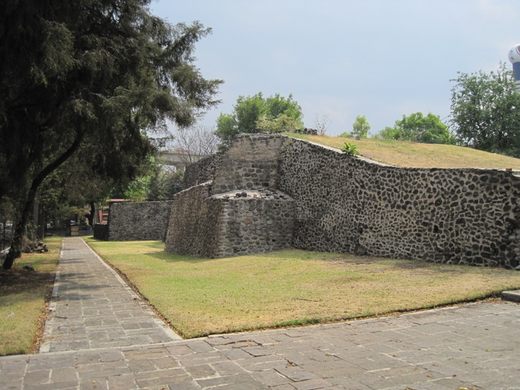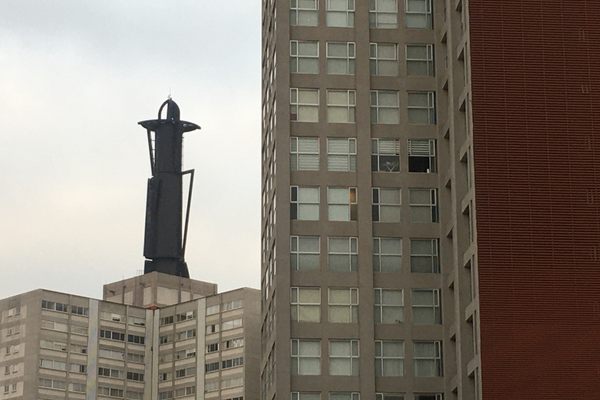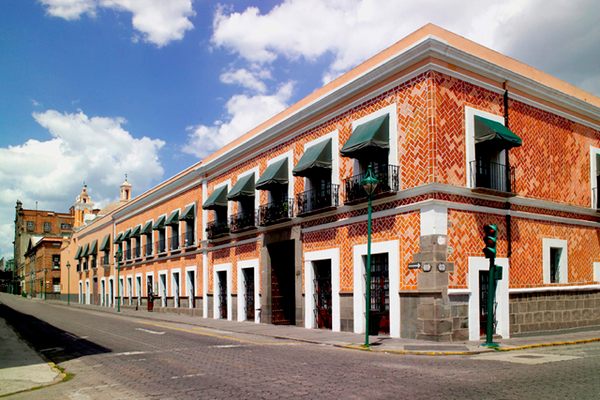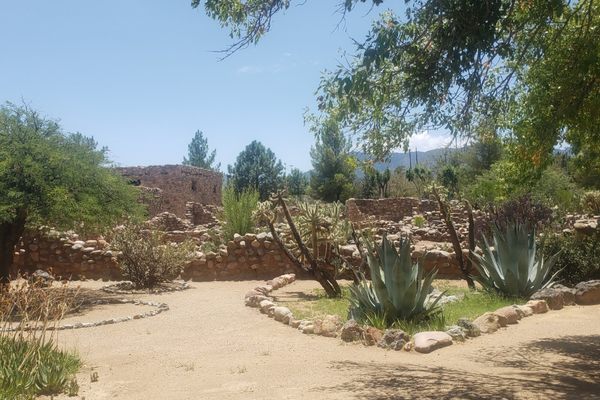Mixcoac Archaeological Site
The ruins of the "place of the cloud snake" sit in the middle of an urban environment.
In southwest Mexico City, ancient ruins that once sat on the edge of Lake Texcoco now share space with an elevated road. The Mixcoac archaeological site holds the remains of a temple and ceremonial square along with a museum that tells the story of this place over many centuries.
The settlement dates back to the Teotihuacan period (circa 400-600), but the ruins that remain on the site are younger, dating to the time when the area was occupied by the Aztecs (900-1521). The most prominent building remaining at the site is a pyramid-shaped temple that was dedicated to Mixcóatl, a deity associated with hunting and the heavens. Mixcoac, the name of the site, roughly translates to “place of the cloud snake” in Náhuatl.
Historians have been studying the temple at Mixcoac since the early 20th century. It was rediscovered in 1916, when the historian Francisco Fernández del Castillo identified the site on a map made in 1550. Initially, the site was closed to the public in order to protect the historical artifacts that it contained.
In the early 1960s, when the city built the Anillo Periférico, or ring road, it came very close to part of the Mixcoac site. The archaeologist Roberto Gallegos Ruiz, who has led recent restoration efforts, helped ensure that construction of the road would have minimal impact on the ruins.
The Mixcoac site opened to the public in August 2019, and is operated by the National Institute of Anthropology and History (INAH). At the western edge of the site is the entrance to one of its interpretative halls, located beneath the Anillo Periférico. The hall showcases an Aztec adobe construction and vibrates when heavier vehicles pass above. A second hall displays artifacts found in Mixcoac and the surrounding area, some of which were uncovered during the excavations of Mexico City’s subway lines 7 and 12.
Know Before You Go
The site is open daily from 9 a.m. to 5 p.m. Entrance is free, and there is a parking lot and public washrooms. Paths and ramps have been built to make the site wheelchair-accessible. The nearest metro station is San Antonio on line 7 (orange).


















Follow us on Twitter to get the latest on the world's hidden wonders.
Like us on Facebook to get the latest on the world's hidden wonders.
Follow us on Twitter Like us on Facebook